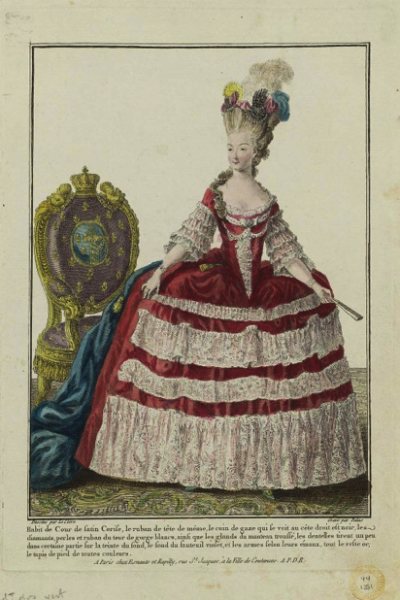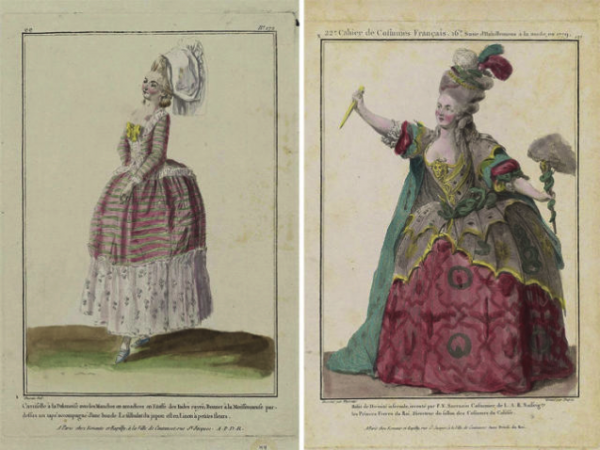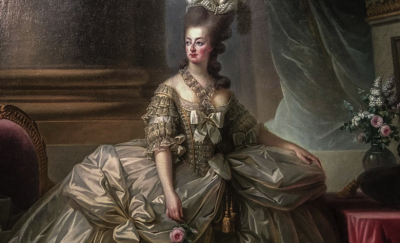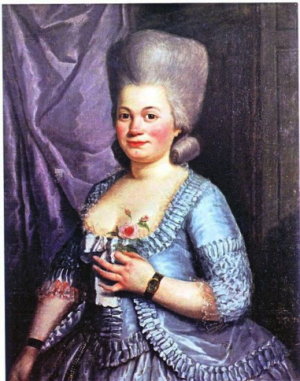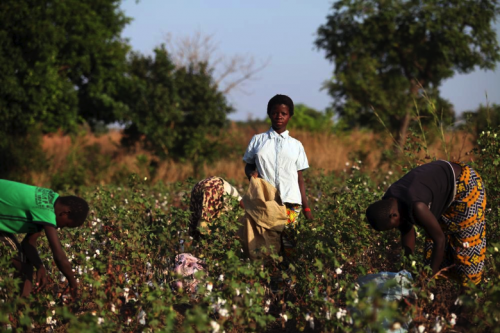Mason Boycott-Owen
Wed, 1 November 2023
Boris Johnson
Prime Minister of the United Kingdom from 2019 to 2022
Dominic Cummings
British political strategist who served as chief adviser to UK prime minister from July 2019 until Nov 2020

Former chief adviser to Prime Minister Boris Johnson, Dominic Cummings arrives to give a statement to the UK Covid-19 Inquiry at Dorland House in London. (Photo: James Manning)
Yesterday extracts from notebooks written by Sir Patrick Vallance, the Government’s then-chief scientist, examined by the official inquiry recalled scepticism and resistance to protecting the elderly in Downing Street.
Sir Patrick wrote in August 2020 that Mr Johnson was “Obsessed with older people accepting their fate and letting the young get on with life and the economy going.”
A second note from December that year said that the then prime minister had noted that his party thought “the whole thing is pathetic and Covid is just nature’s way of dealing with old people,” and that Mr Johnson had added that he “not entirely sure I disagree with them”.
The evidence seen by the inquiry into the handling of the coronavirus pandemic on Tuesday saw Dominic Cummings, Mr Johnson’s former advisor, and Lee Cain, the former director of communications in No 10, lay bare the chaos surrounding decision-making at the heart of government.
Mr Cummings told the inquiry that vulnerable groups were “appallingly neglected” during this time, and that more should have been done, including stricter controls over borders and the rapid expansion of testing capabilities, to reduce the death toll.
Government data suggests that as of the end of September almost a quarter of a million people have died with Covid-19 listed on their death certificate.
Mr Cummings, who worked as an advisor to Boris Johnson from July 2019 until November 2020 has repeatedly been outspoken about his time in Downing Street, repeatedly insisting that Boris Johnson, along with many ministers and areas of government, was overwhelmed and not up to the task of leading the pandemic response.
Matt Hancock, the former health secretary who has swapped front-line politics for appearing on celebrity television programmes such as I’m a Celebrity, Get Me Out of Here, was among those, alongside civil servants and departments such as the Cabinet Office, who Mr Cummings said were not fit for the job.
Mr Cummings claimed that Matt Hancock had “killed people” as health secretary during the pandemic, according to WhatsApp messages shared with the inquiry.
In one message sent in May 2020, Mr Cummings wrote to the then-prime minister: “You need to think through timing of binning Hancock. There’s no way the guy can stay. He’s lied his way through this and killed people and dozens and dozens of people have seen it.”
Critics have questioned Mr Hancock’s record on Covid testing, nursing homes and other crucial issues from the period.
However, when pressed to take responsibility for his own role as an advisor during the pandemic, such as his now-infamous trip to Barnard Castle, and role in installing Boris Johnson in Downing Street, Mr Cummings did not offer a personal apology.
He told the inquiry that he had decided to “roll the dice” and back Boris Johnson to be prime minister even though he believed he was “unfit” for power.
Asked if he was sorry, Mr Cummings said “no”, adding: “Politics is about choices.
“And the choice that we had in summer 2019 was do we allow the whole situation, this once-a-century constitutional crisis to continue, meltdown and possibly see Jeremy Corbyn as PM and a second referendum on Brexit – which we thought would be catastrophic for the country and for democracy, for faith in democracy – or to roll the dice on Boris and to try and control him and build a team around him that could control him."
In response to questions about his trip to Barnard Castle during the pandemic, he said: “In terms of my actual actions in going north and then coming back down I acted entirely reasonably and legally and did not break any rules.”

Posted on November 1 2023
Amongst the evidence from Lee Cain, Boris Johnson's press secretary, to the Covid inquiry was this:

The particular line I am referring to is the last, which says:
Rishi says bond markets may not fund our debt etc. He's back to Jaws mode wank.
What is clear as a result is that on 19 March 2020, Rishi Sunak did not want to close down the county to save people's lives because he was frightened that bond markets would not fund the UK's debt.
Ignorance coupled with indifference is a scary combination. Sunak had both, by the bucket load, by the look of it.
